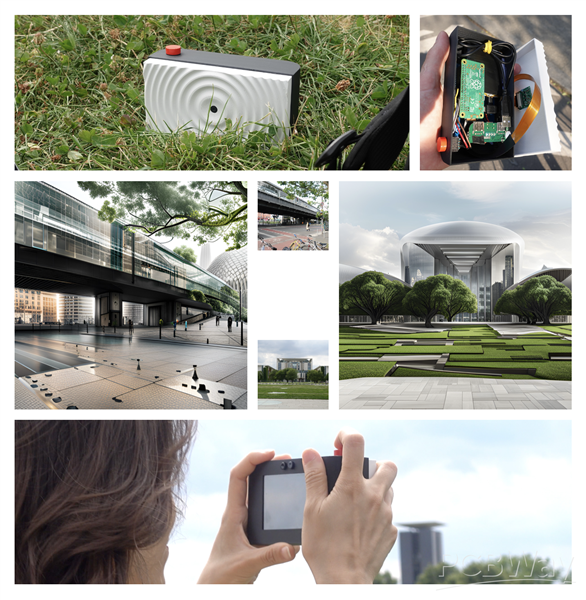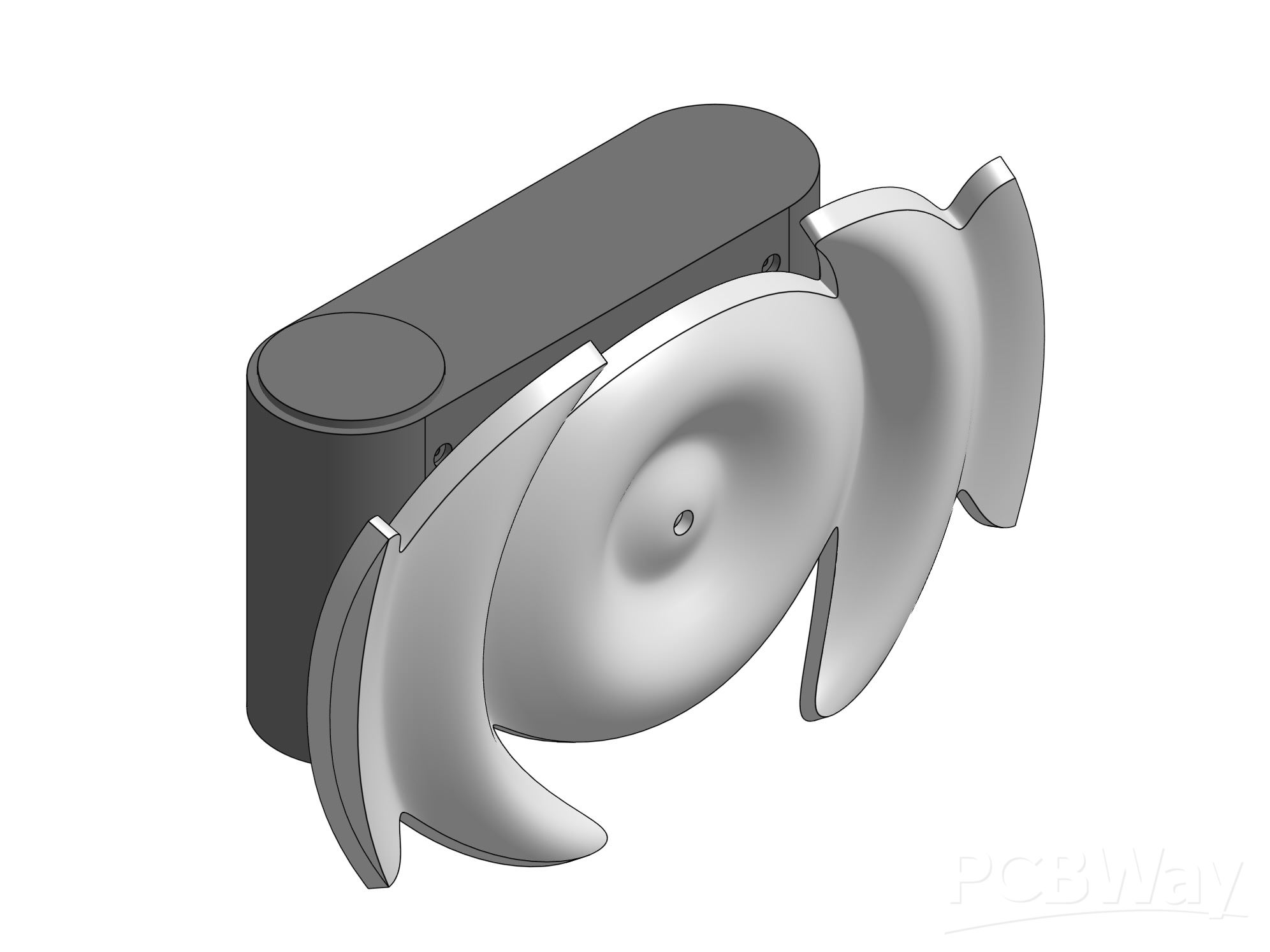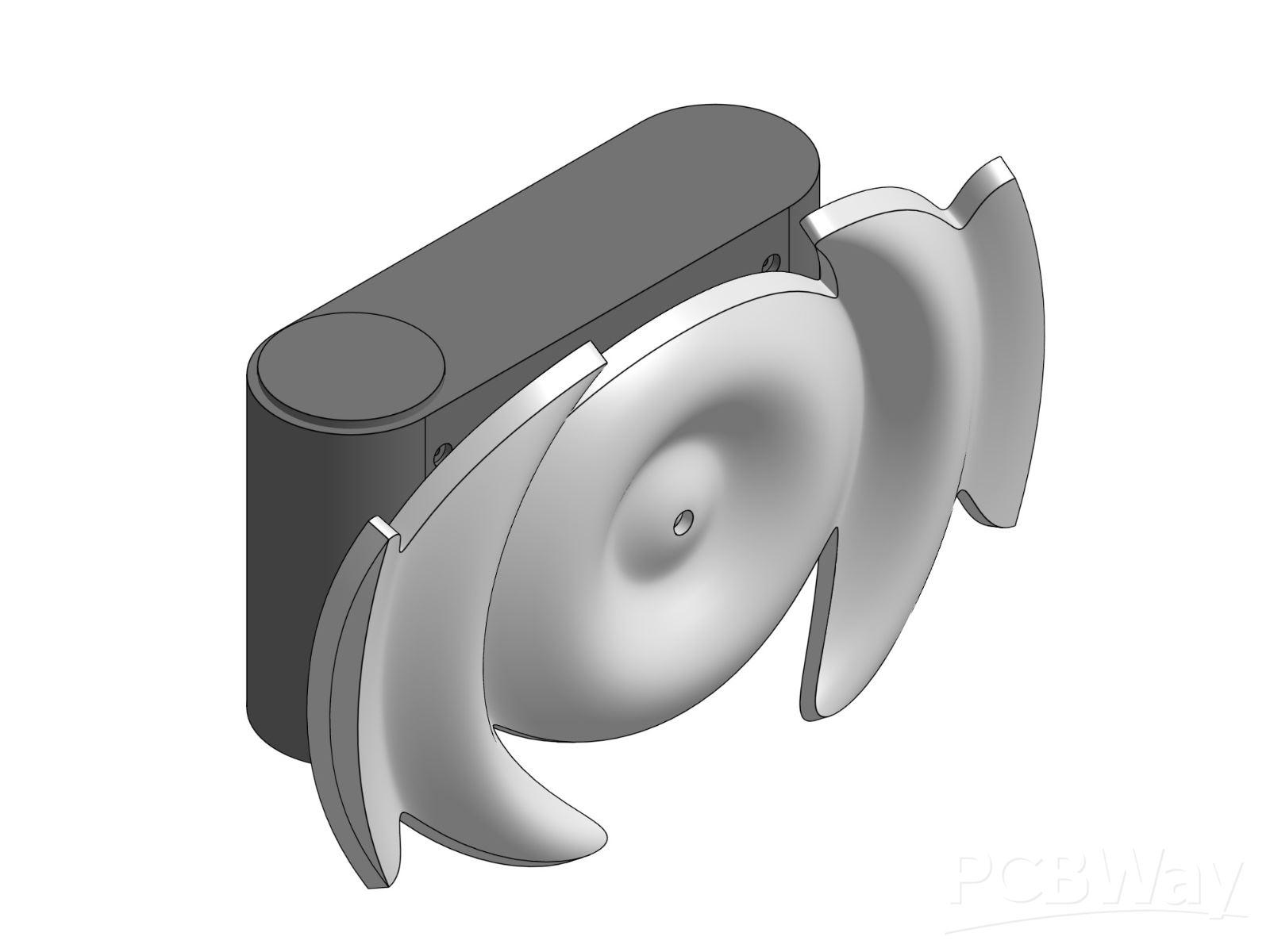

camera3000 - an AI driven camera to glimpse into the future
Fritz Hahn is a student at the Berlin University of the Arts in the field of Visual Communication, with a focus on New Media. His work primarily explores artificial intelligence in the context of surveillance, privacy and data security.
The Project was initially prototyped in the year 2023 under the name "3023" and described as follows:
The project "3023" aims to provide viewers with the opportunity to glimpse into the future. Instead of depicting the current reality, an AI driven camera allows one to see a potential world that could exist 1000 years from now. The artwork plays with the concept of categorization and filtering, as well as disorder and order, by generating future locations that are simultaneously familiar and unpredictable. By flipping the functionality of traditional cameras and placing emphasis on photographs from the future, the project aims to expand the boundaries of perception and interpretation. It seeks to create an artistic engagement with the future and stimulate reflection on our perception of the world.
The camera described in the project is not a traditional photographic device. Instead of capturing reality as it is, it uses artificial intelligence to generate images of a possible future 1000 years from now. It blends hardware and AI software to produce futuristic visuals, challenging our perception of time and image creation. When the shutter of the camera is pressed, it takes a small photo that gets uploaded to an image-to-image AI to be "re-shot" as a picture from the future. The image then downloads back to the camera and gets displayed on the in-build Display.

prototype of camera3000 from 2023
To finalise the project and leave the prototype behind, the camera should be rebuilt. The new version is intended to resemble a finished product more closely, featuring outstanding build quality, faster image generation, and refined visual design elements. Instead of a Raspberry Pi zero with a 3-inch Display, the new Version features a Raspberry Pi 5 with a larger 4.3-inch QLED Display. The image generation, from shutter click to the image being displayed on the screen, only takes 4 seconds. In the prototyped Version it took nearly 30 seconds due to minimal processing power and slower image generation (by today's standards). Furthermore, the camera charges its 5000mAh battery via usb-c. As the Bill of Materials shows, I would love to have a near-black camera body with a silver-grey camera lens. In my imagination, the camera body and its parts as well as the backside of the camera lens are spray painted or vacuum painted in matte colours. The warped front side would look amazing in glossy spray paint (like polished aluminium-chrome).

3D-Model of the new camera3000
To take the project to the next level, I plan to have the camera printed in epoxy resin, post-processed, and painted by PCBWay. As a student at an art university, I fortunately have access to PLA 3D printers for prototyping. However, the resources required for a final high-quality print and professional finishing are unfortunately not available at my university.
With limited financial means, support from PCBWay would make it possible for me to complete and finalize the project to the standard it deserves.
- camera
- Ai
- 3D
You might like
- Comments(0)
- Likes(0)








